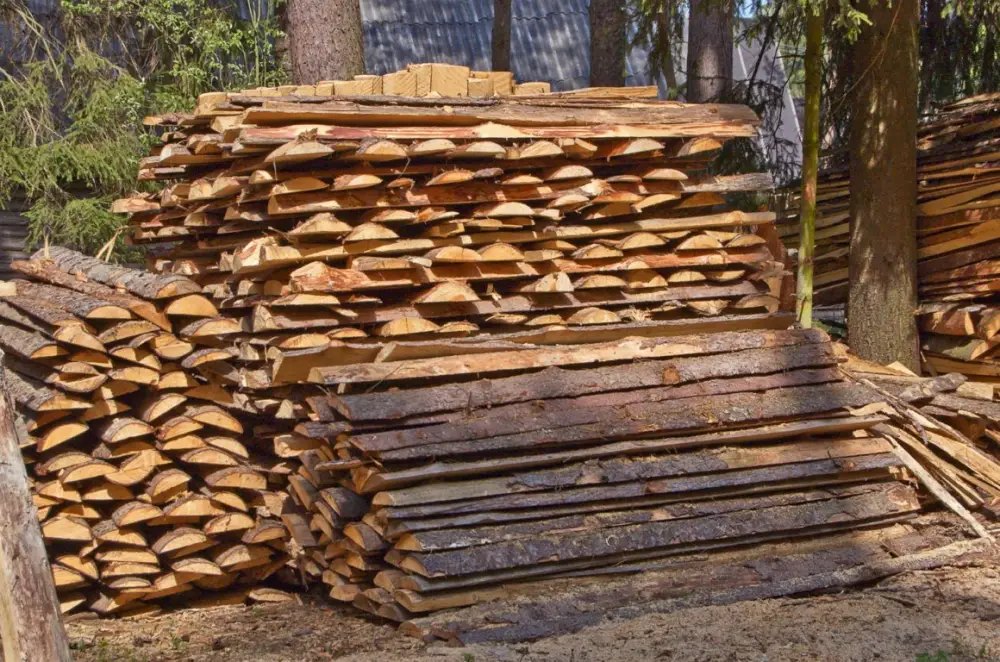Russia Loses One Third of Its Lumber Markets - 2025 Analysis
Editor WoodBusinessPortal.com team - research, 2025 - October, 21
In 2025, the global wood industry continues to face significant shifts, with one of the most notable changes being the substantial contraction of Russia's position in the international lumber market. Political tensions, trade restrictions, and realignments in global supply chains have resulted in Russia losing approximately one third of its traditional lumber markets, reshaping trade flows and opening opportunities for new suppliers. Platforms like WoodBusinessPortal.com play an increasingly important role in helping wood professionals adapt to these market changes.
According to reports from the Food and Agriculture Organization (FAO):
- Russia’s lumber exports decreased by 34% year-on-year during the first quarter of 2025.
- Export volumes fell from approximately 22 million cubic meters in 2023 to around 14.5 million cubic meters in early 2025.
- Revenue from lumber exports declined by more than 40%, due to both lower volumes and softer global prices.
Previously dominant in markets such as Europe, Japan, and North America, Russian suppliers are now increasingly isolated, focusing instead on limited partners such as China, India, and Middle Eastern countries.
The loss of Russian volumes has created mixed effects on global lumber prices:
- Softwood lumber prices in Europe rose slightly by 5–8% in early 2025, according to EUWID Wood Products and Panels.
- Hardwood lumber prices remained relatively stable due to alternative supplies from Southeast Asia, Africa, and North America.
- In Russia, domestic lumber prices have plummeted by 15–20%, creating surplus inventories and challenging local producers.
Several new dynamics are emerging as a result of Russia’s market retreat:
- Increased exports from Scandinavia, the Baltics, and Canada are filling the gaps left by Russian lumber.
- European construction companies are seeking more sustainable and politically stable sources.
- Digital marketplaces, such as www.WoodBusinessPortal.com, are becoming essential for sourcing diversified lumber supplies.
Countries like Sweden, Finland, and Latvia are expected to strengthen their positions as primary suppliers for European buyers, while Vietnam and Brazil are gaining ground in the Asian markets.
Market analysts from Fastmarkets RISI forecast:
- A continued drop in Russia’s lumber export share through 2026.
- Greater competition among emerging suppliers, especially in premium softwood and certified sustainable timber.
- Increased investments in European and North American sawmills to enhance production capacity.
In the context of these evolving supply chains, buyers and sellers alike need agile tools and reliable networks. WoodBusinessPortal.com offers professionals:
- Access to verified global wood suppliers.
- Real-time market updates and price trends.
- A secure environment for negotiating new contracts and establishing long-term partnerships.
The significant contraction of Russia's lumber market is a defining factor for the global wood industry in 2025. Companies that adapt quickly by diversifying their supply sources and leveraging digital platforms like www.WoodBusinessPortal.com will be best positioned to thrive in the new global landscape.
Sources:
1. fastmarkets.com
2. euwid-wood-products.com
3. fao.org
